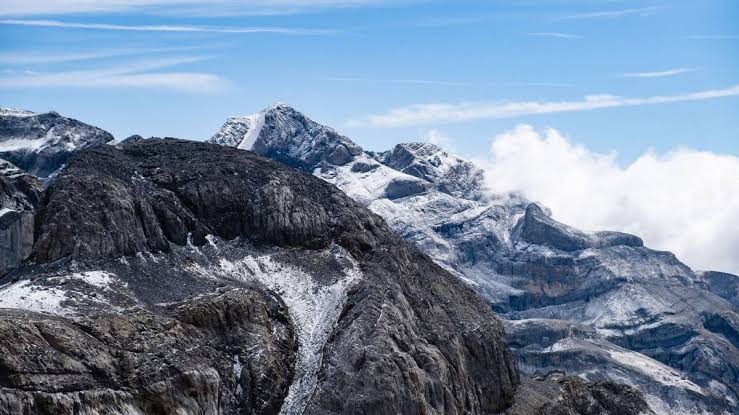A study undertaken by UNESCO and the International Union for Conservation of Nature (IUCN), with the contribution of Swiss scientists and France’s CNRS research agency, has shown that one-third of the world’s glacial sites in the World Heritage list will have disappeared by 2050, regardless of the future climate scenario.
Glaciers are known to provide about 75% of the earth’s freshwater supply. But melting glaciers can have disastrous impacts. However, Yosemite National Park in the U.S, Mount Kilmanjaro in Tanzania and Huascarian in Peru are just a few of the world’s heritage sites where glaciers will recede.
Ahead of the climate change summit in Egypt, UNESCO director-general Audrey Azoulay said “this report is a call to action. Our only hope for saving glaciers and the exceptional biodiversity that depends on them is a rapid decline in current CO2 emissions. COP27 will have a crucial role in bringing about solutions”.
Read also: Campaigners say food firms’ plans for 1.5C climate target fall short
While the UN warns that current climate crisis initiatives are too late to save them, experts say that it is possible to save the other two-thirds of the world’s glaciers if the rise in global temperature stays below 1.5 °C.
But reports show that the planet is well on track to exceed that number in the next five years. Scientists have also been calling for a rapid reduction in Co2 emissions.
Lead author of the UNESCO report, Tales Carvalho said that world heritage glaciers were losing 58 billion tons of ice every year, particularly alarming because the risks that are implied by this are manifold and could lead to coastal erosion for instance, but also a high risk of cyclones, storms and tsunamis.
Extreme heat and rainfall can cause glacial lake outbursts which can lead to catastrophic flooding like what happened in Pakistan this year.
UNESCO monitors some 18,600 glaciers across 50 of its World Heritage sites.
